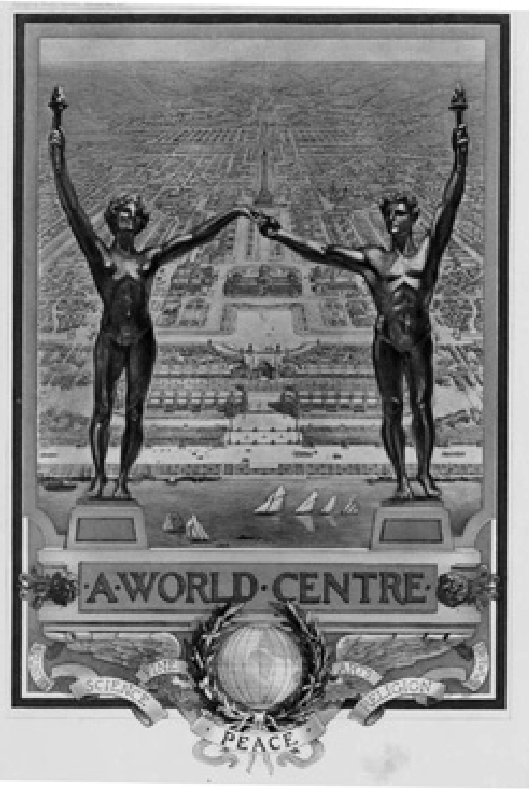The World Centre of Communication is a project conceived by the sculptor Hendrik Christian Andersen and the architect Ernest Hébrard between 1901 and 1911. The project was presented in a volume published in 1913, titled Creation of a World Centre of Communication. The Centre has never been built: only urban projects, building drawings and a few sculptures do exist. What was the World Centre of Communication purpose? The authors aimed to gather in the Centre all the best intellectual product of mankind, both in the scientific and art field. In this ideal place, communication would have been at the service of the Good, Technological Progress and Civilisation. The Centre consisted of three areas: an Olympic Centre, an Art Centre and a Scientific Centre. The Olympic Centre would have contained a stadium, gyms, swimming pools, and at the entrance two giants statues of a man and a woman bearing a torch. The Art Centre would have housed a Temple of Art, galleries, libraries, schools, theatres, botanical gardens, and on both side two cathedrals. The Fountain of Life would have been located in the middle of the main square. The Scientific Centre, instead, would have been addressed to the Scientific Congress Building, the Temple of Religion and the Court of Justice. An imposing Tower of Progress completed the Centre with a huge transmitting antenna on its top and the Centre of World Press within, which had to broadcast the progresses of science.
World Centre of Communication
